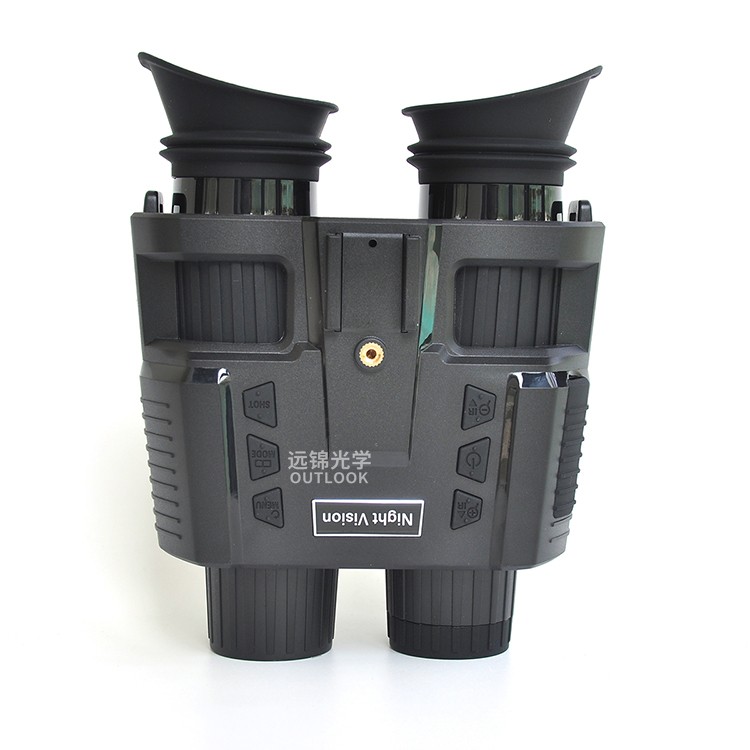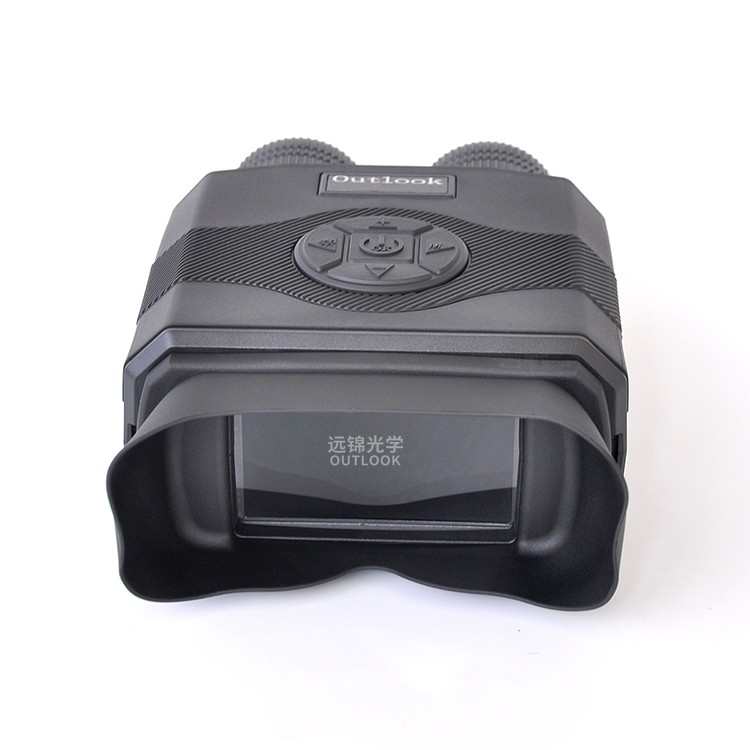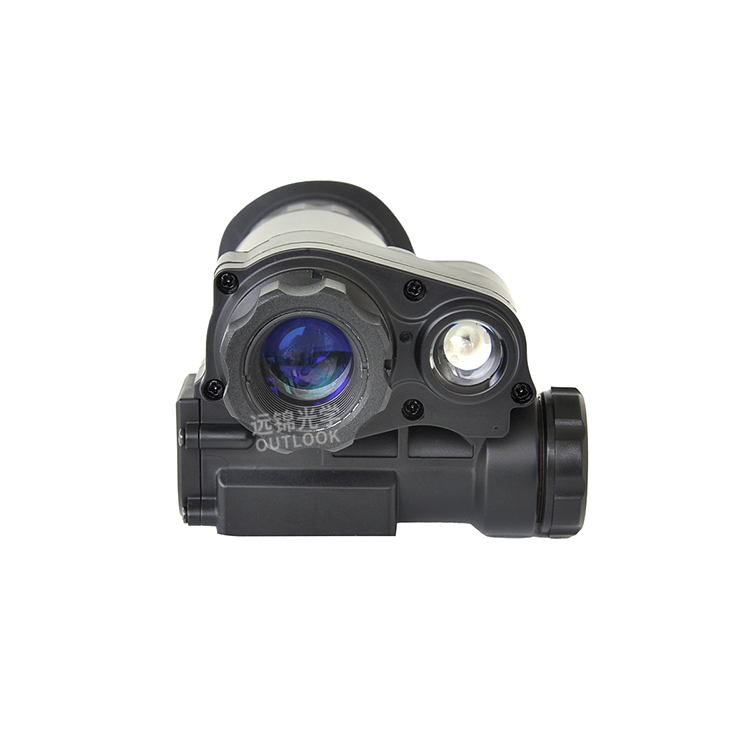Applications of Digital Night Vision Devices
Digital Night Vision is a modern alternative to traditional image intensifier tube night vision devices (photomultiplier tubes). Digital night vision device uses digital imaging technology (CMOS/CCD sensor + image processing algorithm) to enhance visibility in low-light environments. Digital night vision device has a wide range of uses, covering multiple fields such as military, law enforcement, security, outdoor activities, industrial detection, wildlife observation, etc. The following is a detailed analysis of its main uses:
Core Principles and Advantages of digital night vision
Working Principle: Capture weak light (visible light + near infrared) through a high-sensitivity image sensor, and use a digital signal processor (DSP) to reduce noise, enhance contrast and sharpness in real time, and finally output to the display (eyepiece or external screen).
Core Advantages:
Lower cost: Cheaper than traditional night vision devices of the same level (Gen 2+/Gen 3).
Strong light protection: There is no risk of "overexposure and burning tubes" of traditional night vision devices, and it can be used safely during the day.
Versatility: Integrated video/photography, WiFi transmission, GPS tagging, electronic compass, etc.
Digital zoom: Lossless image magnification (optical zoom + digital zoom combination).
No vignetting: The image edges are clearer (traditional tube night vision has edge distortion).
Long service life: No traditional night vision tube life limit (about 10,000-15,000 hours).

⚔ 1. Military and law enforcement
Covert reconnaissance: Night patrol, lurking observation, target positioning, without exposing its own position (with infrared illuminator).
Tactical penetration: Indoor CQB (close quarters combat) environment clearance, threat identification.
Border/key point monitoring: Nighttime monitoring of border lines, military bases, and important facilities.
Evidence collection and search and rescue: Nighttime crime scene investigation, evidence search, and search and rescue of missing persons in mountainous areas/jungles.
UAV/vehicle assistance: Mounted on drones, tanks, and ships to provide nighttime situational awareness.
🛡 2. Security and monitoring
Night patrol: Security personnel patrol factories, communities, warehouses, and construction sites at night.
Perimeter protection: Make up for the shortcomings of ordinary surveillance cameras in extremely dark environments and detect intruders in real time.
Anti-poaching/logging: Patrol nature reserves and crack down on illegal activities at night.
Port/coastal surveillance: Monitor nighttime ship activities to prevent smuggling and illegal immigration.
🌲 3. Outdoor sports and hunting
Night hunting: Observe the activity trajectory of animals and aim at the target (subject to local laws).
Camping/hiking safety: Patrol the camp at night, check the surrounding environment, and find the path.
Fishing: Observe the float and fish conditions at night and check the fishing gear.
Cave exploration: Observe the terrain in a dark cave and avoid obstacles.
Stargazing assistance: View star maps and debug telescope equipment in low light.
🐾 4. Wildlife research and observation
Nocturnal animal behavior research: Observe nocturnal animals (owls, foxes, bats, etc.) from a distance without disturbing them.
Ecological monitoring: Record ecological activities in forests and wetlands at night.
Bird observation: Observe nocturnal birds or migrating bird flocks at dawn/dusk.

🏭 5. Industrial and facility maintenance
Night equipment inspection: Check the operating status of power facilities, oil and gas pipelines, and factory equipment.
Emergency repair: Troubleshooting at night (such as power outages and pipeline leaks).
Confined space detection: Check dark cabins, basements, sewers and other areas with insufficient light.
Fire safety: Firefighters search and rescue in thick smoke or dark buildings.
🏠 6. Personal safety and life applications
Home security: Check for abnormal movements in the courtyard at night.
Night driving assistance: (Specific models) Assist in observing pedestrians or animals on dark roads (cannot be fully relied on, non-automotive grade equipment).
Night photography/video recording: Record natural phenomena and special activities at night (such as aurora, fireflies).
🔧 Selection suggestions for of digital night vision (based on use)
Entry-level/civilian security/outdoor: Mid-range digital night vision device
Professional hunting/law enforcement assistance: High-end digital night vision device with high-quality infrared light.
Military/extreme low-light environment: Gen 3 traditional tube night vision is still the gold standard (but the cost is extremely high).
Need to record evidence/remote viewing: Digital night vision device with WiFi transmission is preferred.
We OUTLOOK brand Yunnan Yuanjin Optical Instruments Co., Ltd has many different kinds of digital night vision devices. Our digital night vision devices are mainly for the military use with high quality.
Also the product price is competitive in the market.
Future Trends of digital night vision device
Digital night vision technology is still developing rapidly:
1. Sensor upgrade: higher sensitivity, lower noise.
2. AI algorithm enhancement: real-time target recognition, dynamic tracking.
3. Thermal imaging fusion: some high-end models already support "night vision + thermal imaging" picture-in-picture fusion (greatly improve the perception of complex environments).
4. Lightweight and improved battery life: more suitable for single soldiers to carry for a long time.
In summary, digital night vision devices have become the mainstream tool for modern low-light environment observation with their versatility, safety, scalability and continuous improvement of imaging technology. Whether it is guarding safety, exploring nature, or professional operations, it can open a clear window for you in the dark.


